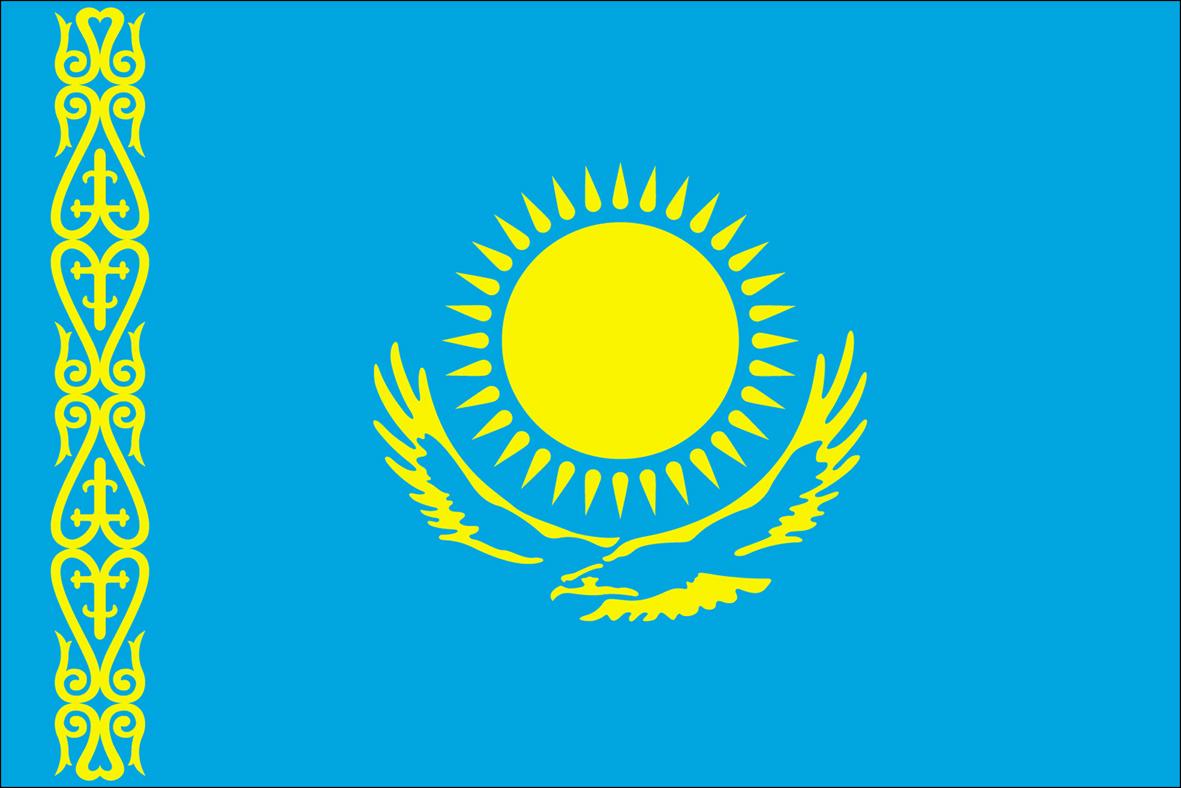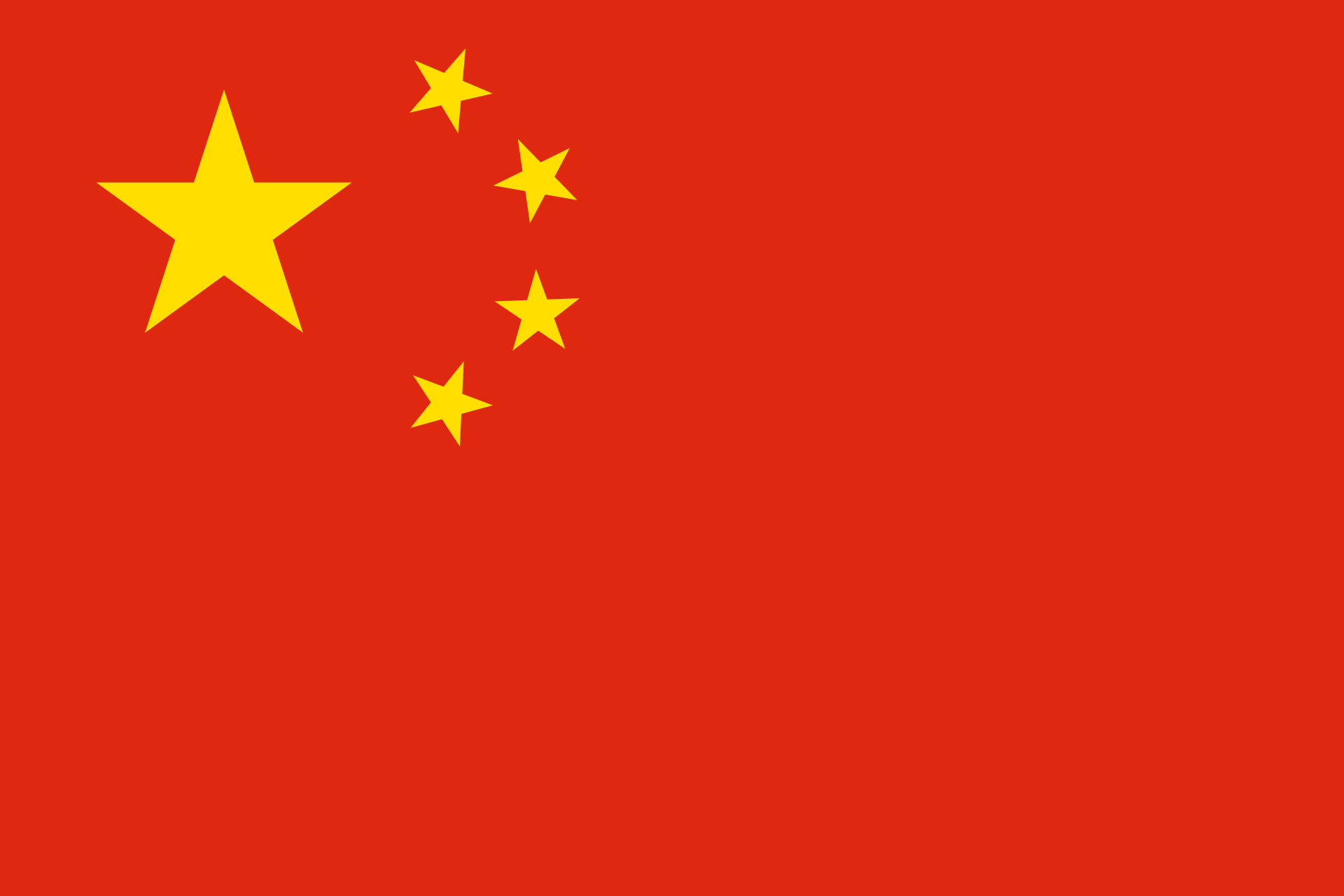The Silk Route and Viet Nam
Researchers agree that silk production began in China in the first millennium B.C. and that this led to the creation of the first Silk Roads, which connected to the Roman Empire, via India, Persia, Afghanistan, the Pamir mountains and beyond. By the first centuries B.C., it is clear from archaeological finds in Viet Nam that trading links had developed there and that silk was being produced and woven in the Giao Chi region. Texts confirm that strong trade links existed at this time and that many villages around the Red River and the Rapid River include the word Dâu in their names, which means “village of the Mulberry Tree”. By the 10th century, a second south-bound Silk Road had been established, with links to Vietnam. The silk-production traditions were continued by the Champa population, whom Marco Polo visited in the 14th century.




